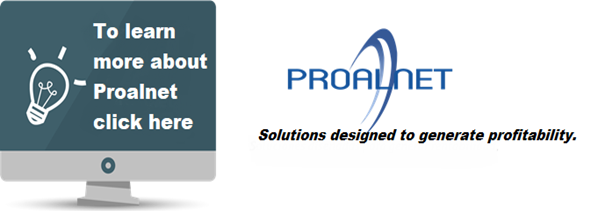Normally, companies seek to increase productivity by reducing operating costs, focusing their efforts on reducing staff or lowering the purchase prices of raw materials, which puts the final product at risk. They fail to realize that this is not the only way to optimize processes and achieve greater productivity. Nowadays, there is a term that focuses on optimization through operational analysis, called continuous improvement. But what is it based on, and what are its tools?
To begin, continuous improvement is defined as the ongoing analysis of an organization's processes and products, not as a one-time effort but as a constant approach using the PDCA (Plan, Do, Check, Act) cycle. It seeks to minimize errors, reduce waste and rework, with the goal of optimizing processes and resources (both material and human). This is achieved through various methodologies or tools, such as the cause-and-effect diagram, Pareto charts, tree diagrams, brainstorming, process value mapping, among others.
Taking this information into account, this article will focus on process value mapping, a tool used not only to analyze internal processes within the company but the entire supply chain. This means analyzing everything from the customer's needs to the delivery of the final product, identifying how all internal and external factors might be reducing the organization's productivity.
What is process value mapping?:
It is a graphical representation of a product or service’s supply chain, including the flow of materials, people, and information to understand the interrelationship of these three elements and the constraints they can impose on the organization. These constraints can lead to reduced productivity, higher operating costs, and increased process waste, ultimately affecting the achievement of business objectives and strategies.
To prevent this, we aim to visualize all activities that add value in order to enhance them. More importantly, we focus on those activities that do not add value and have become bottlenecks in our operations. These bottlenecks are the areas we need to address by implementing action plans to improve or eliminate them.
The primary goal of a value map is to perform an in-depth analysis of the process's capacity, efficiency, and effectiveness. It helps establish the current status of the process, assess its ability to quickly respond to customer needs, and identify key improvement opportunities related to low capacity, high waste, and operational losses. Understanding these aspects enables us to generate action plans that will result in a lean process, aligned with the business strategy.
¿Cómo How do we build a value map?
To create a process value map, we need an interdisciplinary team of people with knowledge of the operation. It should be a hands-on process conducted on the shop floor, not just a theoretical managerial exercise. The main resource used should be Kaizen events, with an openness to feedback and improvement suggestions from all involved.
A value map should begin with a theoretical review of the operation's step-by-step process, from the customer’s request to the final delivery. This process must be led by personnel trained in lean methodologies to guide the construction. Since we are aiming to assess the current state of the process, it is crucial to gather information on indicators, as well as the flows of people, materials, and information involved, and the connections between them.
Once the theoretical version of the process is complete, we move on to a review, comparing this document with the actual process. This is where the involvement of all organizational levels becomes vital, as the people who experience the day-to-day operation can guide us toward improvement opportunities. Often, these people also hold the solutions to reducing operational losses, increasing capacity, and boosting process productivity.
What is the importance of a value map?
While the above represents the technical definition of process value mapping, we must consider this tool as a fundamental part of the pursuit of process optimization. We live in an era of constant change, and maintaining market competitiveness is critical. This requires creating products that meet customer needs while ensuring that processes are as lean, efficient, and effective as possible.
As mentioned earlier, with a value map, we aim to move beyond the theoretical concept of operations, gaining a real understanding of the day-to-day activities. We identify key opportunities and work alongside our staff to implement effective action plans that help improve indicators, reduce quality defects, rework, and any wasted time that makes our operations less competitive and productive. By failing to optimize resources, we miss the chance to achieve more with less.
It is also important to remember that the goal of process value mapping is not to eliminate jobs or reduce staff, but to find the right way to transform products clearly and efficiently. This ensures process stability, where the three main factors (people, materials, and information) flow continuously, with clear indicators tied to the operation, measuring what truly adds value for the end customer.
Finally, it is important to emphasize that process value maps are powerful tools for achieving process and resource optimization. However, they must be used effectively, with organized action plans and pilot implementations involving staff. You cannot rush to final implementation, as this methodology focuses on continuous improvement cycles for operations. The success of the implementation depends on meeting customer requirements, which can change unexpectedly.
María Paula Castellanos
If you want to receive articles like this by email, sign up! Click Here.
We invite you to watch the video on how our GESPLINE platform works: Click Here!



